Remove any extra clothing, apply a cold washcloth and move them into a cooler area

You might only associate a heat rash with babies. But hot, humid weather puts children of all ages at a higher risk of developing a heat rash, too. Some people refer to heat rash as “prickly heat.”
Cleveland Clinic is a non-profit academic medical center. Advertising on our site helps support our mission. We do not endorse non-Cleveland Clinic products or services. Policy
When it’s hot out, there’s an increased risk for active children to develop a heat rash, especially if they’re playing outside, overdressed for the weather or wearing clothes that don’t allow their skin to breathe. These factors may increase the amount of sweat on your child’s skin, which then increases the chance of a heat rash developing.
“Excessive sweating may cause a child’s pores, which are sweat gland ducts, to become blocked. The perspiration can then become trapped underneath the skin,” explains pediatrician Paula Sabella, MD. “This may result in skin irritation, redness and sometimes an itchy rash, known as heat rash.”
From an infant to a toddler to a child, heat rash is common, especially during warmer months. Dr. Sabella explains what to look for and how to prevent heat rash.
So, what does heat rash look like?
Children’s heat rash may look like tiny bumps surrounded by red skin. And kids may experience a prickly sensation, but it usually isn’t painful.
In infants, the rash generally develops on their neck, armpits, elbow creases and groin. In older children, it may also occur on their chest and back. Typically, a heat rash doesn’t involve the eyes, nose, mouth, palms or soles.
“If your child develops a heat rash, you can expect that they will act normally,” says Dr. Sabella. “A child with a heat rash shouldn’t have a fever or other signs of illness.”
If you suspect your child has a heat rash, you should start the cool down process right away. Dr. Sabella offers these tips:
“There is no need to use any lotions, oils, creams or ointments on the skin, as this could further block the pores, trap moisture and make the heat rash worse,” cautions Dr. Sabella.
A heat rash typically clears up in a few days on its own and leaves no permanent damage to the skin. And a heat rash isn’t contagious.
Blocked sweat glands cause a heat rash, so it’s important to try and stay cool and dry. Keep these factors in mind, as they may contribute to heat rash:
Remember to dress your child in a breathable fabric like cotton, which allows the air to circulate and enables the sweat to evaporate. This will keep your child’s skin cool and dry and will hopefully minimize the risk of developing a heat rash.
Typically, heat rash on babies, toddlers and children doesn’t require medical attention. But be sure to call your pediatrician if the heat rash persists, doesn’t improve in a few days, is getting worse, if you’re worried or if you see signs of infection.
Signs of infection could be in the form of:
“It’s important to seek medical care if your child has fever or signs of infection, is acting sick or has any other symptoms,” advises Dr. Sabella.
Learn more about our editorial process.
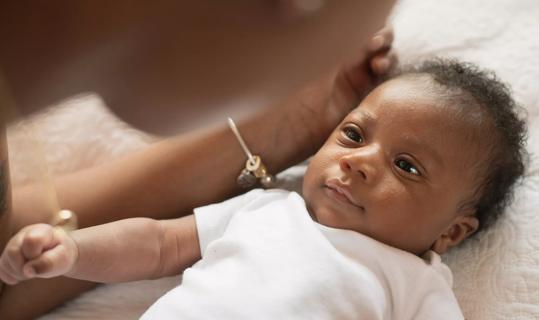
Knowing how much time your baby should typically go between naps can help keep them on a more regular schedule
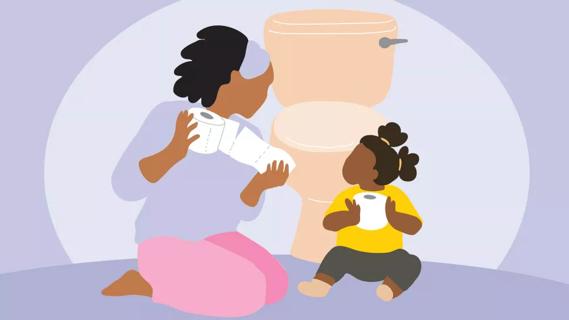
Set your child up for potty training success by waiting until they’re ready, keeping the pressure low and going heavy on the praise
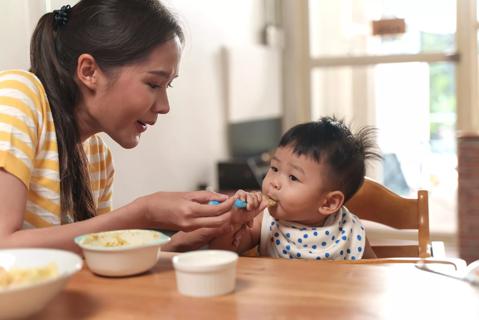
In babies under 12 months, honey may cause a serious illness called infant botulism
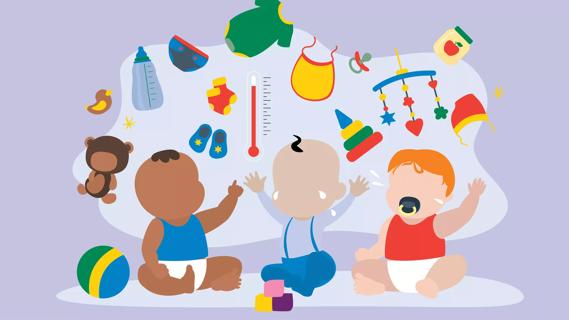
You can help strengthen your child’s immune system by focusing on hand washing and staying up-to-date on their vaccines

Lanugo — the soft, fine hair that develops in utero — is harmless and will shed within a few weeks
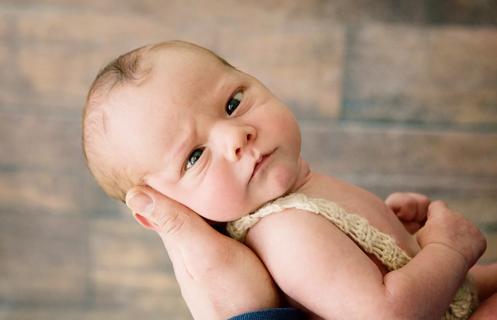
Crossed eyes in a newborn are fairly common, typically harmless and usually go away

A dental emergency, quick action is key to preventing long-term damage

Severe and debilitating headaches can affect the quality of your child’s life

Your metabolism may torch 1,300 to 2,000 calories daily with no activity

A gentle touch in all the right places may help drain your sinuses